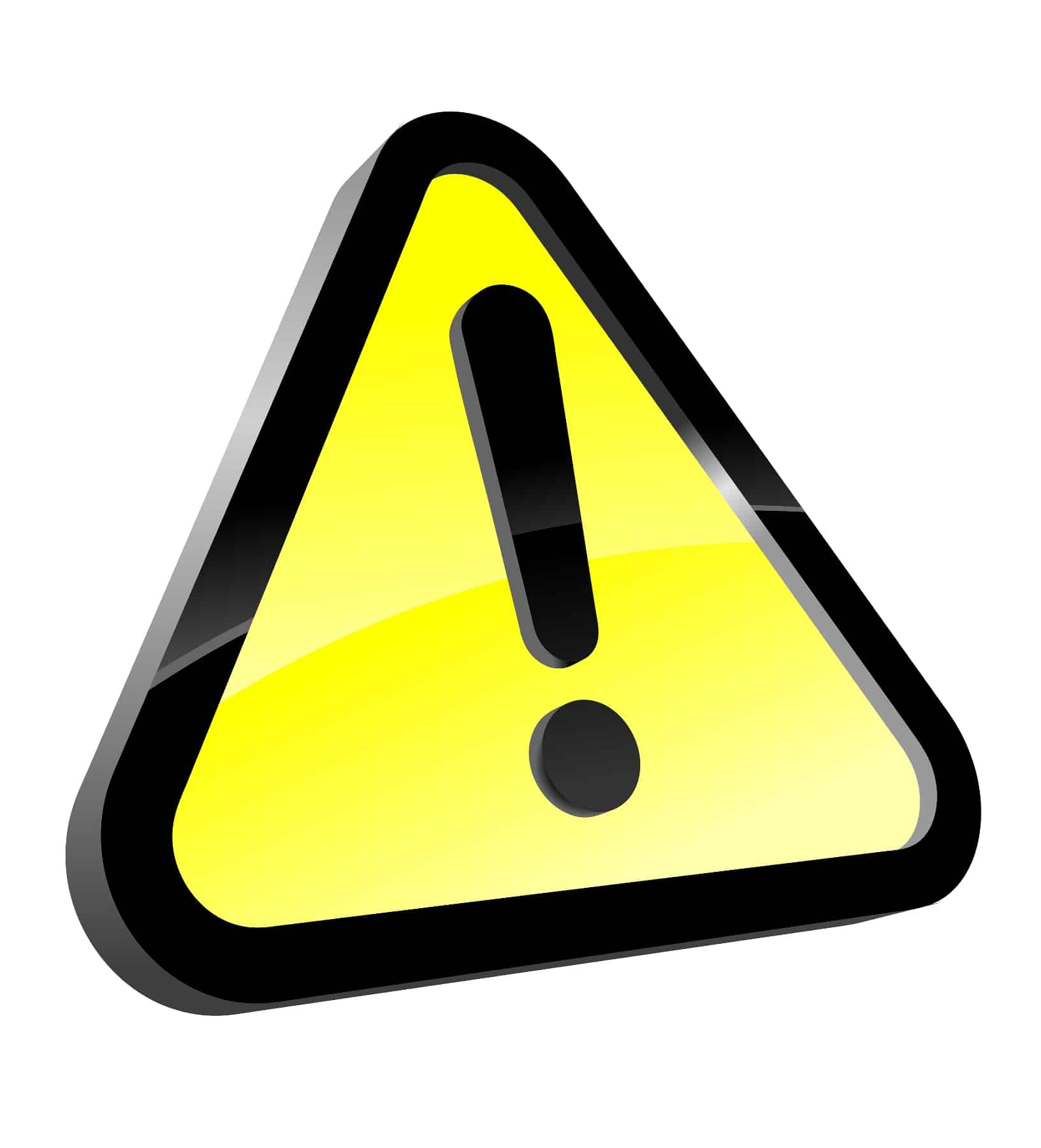
How to Write a Provocative Press Release
Each day thousands of press releases are published and distributed across the Internet. Any given journalist may be exposed to hundreds of them. How do they decide which stories are interesting and relevant and which stories can be passed on? Like any person, they notice the press releases and the information that stands out.
Controversy makes it easy to grab attention. Information or press releases that are provocative often get a second, and third, glance from the media. If your goal is to grab media attention or your audience responds to controversy then consider making that the focus of your press release.
What Does it Mean to Be Provocative?
The definition of provocative is to provoke or to stir up emotions. You can make people excited, angry, or even curious. Synonyms of provocative are: charged, edgy, exciting, inciting, instigating, instigative, piquing, provoking, stimulating. Keep that definition and those synonyms in mind as we walk through the steps to write a provocative press release.
What is Your Press Release About?
There are many reasons to write a press release. Common reasons include launching a product or service or perhaps hosting an event. Write down the “what” first. What is the press release about? Then explore how you can make that “what” controversial or provocative.
For example, a business marketing coach might be releasing a new opt-in report on the topic of social media. Why not write a press release that talks about the demise of social media or pits two opposing opinions against each other? So the first step is to explore how you can add a bit of controversy to your press release topic.
Work on the Headline
Your headline has to demonstrate the controversy. The headline is the first, and often the last, piece of information that a prospect or media representative will read. Spend a good amount of time creating a headline that succinctly introduces your controversy or provocative topic. Controversy is emotional. Use emotional words in your headline. For example, “Social Media Experts Sound the Alarm – Social Media is Dead.” Alarm grabs attention, arouses curiosity and the topic certainly stirs up some controversy.
Gather the Evidence
Simply writing a controversial headline isn’t enough. You have to back it up. Evidence needs to come in the form of statistics and facts. However, it can also come in the form of quotations. In fact, if you’re trying to be provocative and a bit controversial with your press release, it’s great to gather a few opposing quotes.
Controversy is just one approach to writing an attention-grabbing press release. Telling stories, making big announcements, and hitting the public with a strong human interest piece can also help attract attention. If you choose the controversial approach, make sure that the information you’re presenting is well suited for that approach. Don’t force it.










